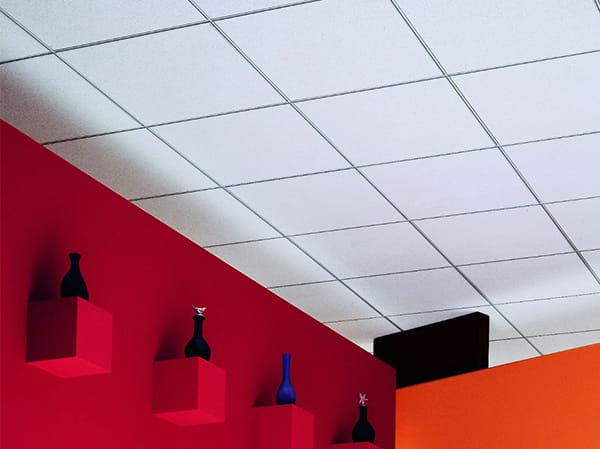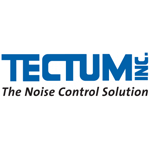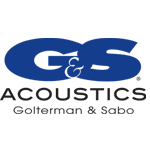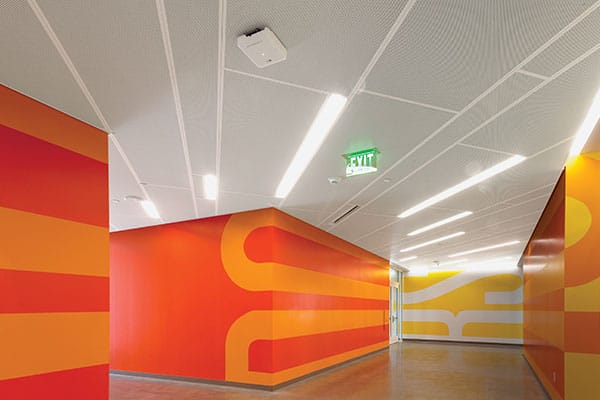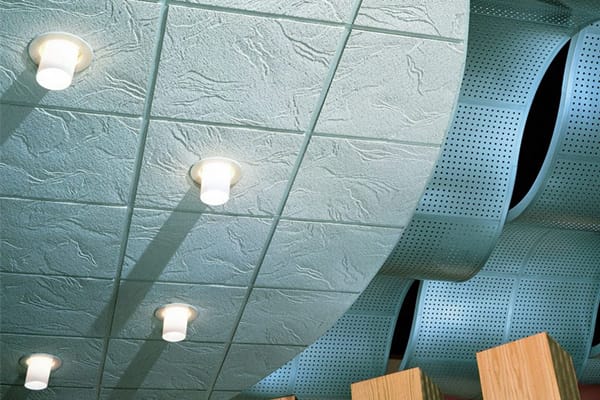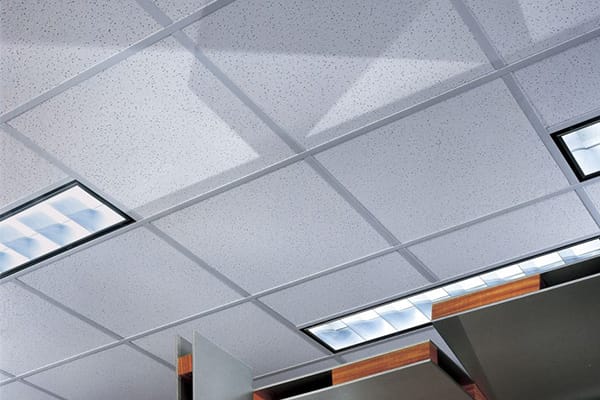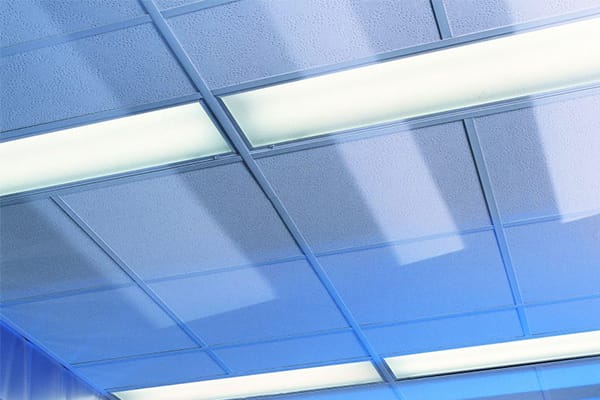Sight & Sound
Sound quality can greatly enhance or inhibit any space. That’s why balanced acoustics are essential to create a comfortable environment. Our acoustic ceiling solutions are designed to be pleasing to the eye and music to your ears. We are a leading independent distributor of acoustical ceilings, so you have a partner to help you when designing for broader acoustical and aesthetics of any space.
Acoustics affect critical aspects of building function, from productivity in the office and communication in the classroom, to privacy in health care. Understanding how to select a combination of interior building materials, system designs and construction technologies that provide the most appropriate sound control is key to creating a successful acoustic sound design.
Features of an Acoustic Ceiling
- Maximize sound absorption and sound attenuation
- Absorb, block or diffuse sound
- Highly light-reflective finishes that reduce the need for light fixtures and energy use
- Washable and cleanable finish
- Lifetime system warranty against visible sag, mold and mildew
- Meets USDA/FSIS requirements for food processing areas
- Available in High Recycled Content formulations to help maximize LEED recycled content contribution
- Low-emitting products that meet Department of Health Services Standard Practices for the testing of VOC emissions
- Accessibility to plenum
- Provide the industry’s best visual and balanced acoustic performance solution on the market
- Designed for use in fire-rated assemblies
- High-NRC and High-CAC provide excellent sound control that assist in addressing HIPAA standards
- Available with water-repellent membrane designed to be durable and deliver excellent noise reduction, sag resistance and high light reflectance
- Damage-resistant panels with impact resistance and integral color help to reduce the overall cost of ownership
Proudly Offering
Potential Applications
- Administrative Offices | Classrooms | Convention and Meeting Rooms | Department Stores and Boutiques
- Healthcare Facilities | Hospitality | Food Courts | Gaming Spaces | Restaurants
- Government Projects | Mixed Office Design | Media Centers | Convenience Stores
- Financial Institutions | Religious Buildings | Transportation Terminals | Municipal Buildings
- Executive Areas, Conference Areas and Board Rooms | Galleries and Exhibit Spaces
- Guest Rooms and Suites | Lobbies and Reception Areas | Mall Interior Spaces
- Media Centers, Music Rooms and Libraries | Nurseries and Birthing Rooms | Patient Rooms
- Kitchens and Food Prep Areas | Laboratories, Operating Rooms and Imaging Rooms
Substrates
- Wet-formed mineral fiber
- Cast mineral fiber
- X-Technology
- Fiberglass
- Gypsum
- Rockwool Insulation
Edge Detail
- Square | Lay In
- Reveal | Tegular
- Concealed
- Semi-concealed
- Shiplap
- Beveled
- Vector
- Shadowline
- Fineline

